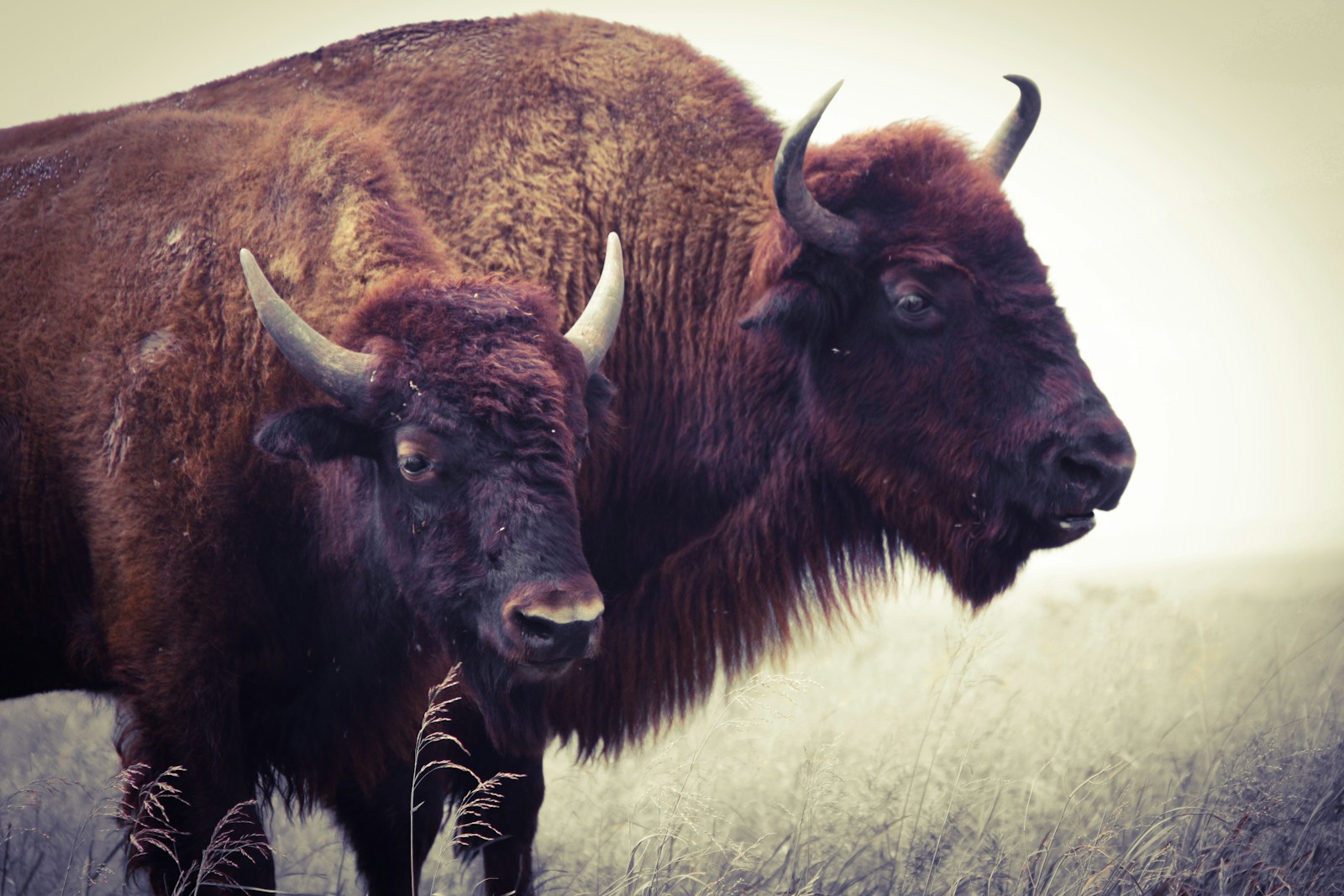Bison, the massive icons of the American plains, draw thousands of visitors to national parks yearly. While these magnificent creatures may appear docile as they graze peacefully across grasslands, they remain wild animals capable of unpredictable and dangerous behavior. Every year, park rangers respond to numerous incidents where tourists have been injured—sometimes fatally—after misjudging bison behavior or distance. Understanding proper wildlife etiquette isn’t just about respecting nature; it’s essential for your personal safety. This article explores the most dangerous mistakes tourists make around bison and provides guidance on how to safely enjoy watching these impressive animals in their natural habitat.
Underestimating Bison Speed and Agility
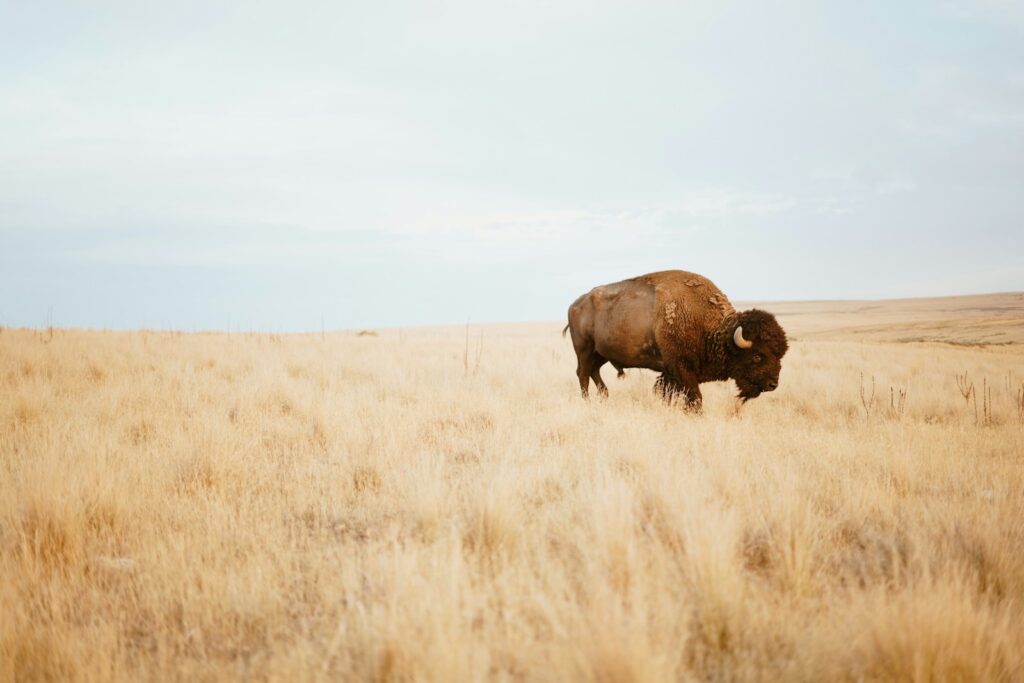
Many tourists mistakenly believe that bison are slow, lumbering creatures due to their massive size—adult males can weigh up to 2,000 pounds. This dangerous misconception leads people to believe they can easily outrun a charging bison if necessary. In reality, bison can sprint at speeds of 35 miles per hour, significantly faster than the average human who tops out around 15 mph. They can also pivot with surprising agility, jump vertical obstacles, and sustain their high speeds over considerable distances. This combination of speed, weight, and agility makes them particularly dangerous when they feel threatened and decide to charge.
Ignoring the Recommended Viewing Distance
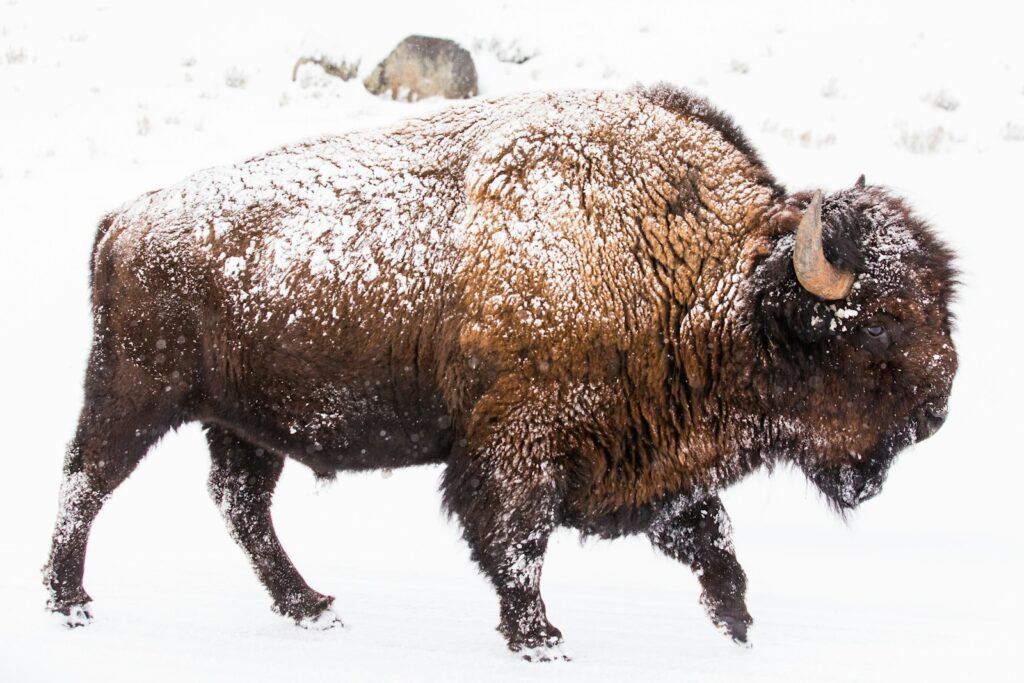
National parks explicitly recommend maintaining a minimum distance of 25 yards (75 feet) from bison, but this crucial safety guideline is frequently disregarded by eager photographers and thrill-seekers. The desire for a closer photo or a more intimate wildlife experience leads tourists to creep increasingly closer to grazing bison, putting themselves in the animal’s personal space. At these shortened distances, bison are more likely to perceive humans as a threat, and their flight-or-fight response can trigger suddenly. Park rangers report that distance violations are among the most common factors in bison-related injuries, yet visitors continue to ignore these well-established safety boundaries.
Taking Selfies or Photos Too Close
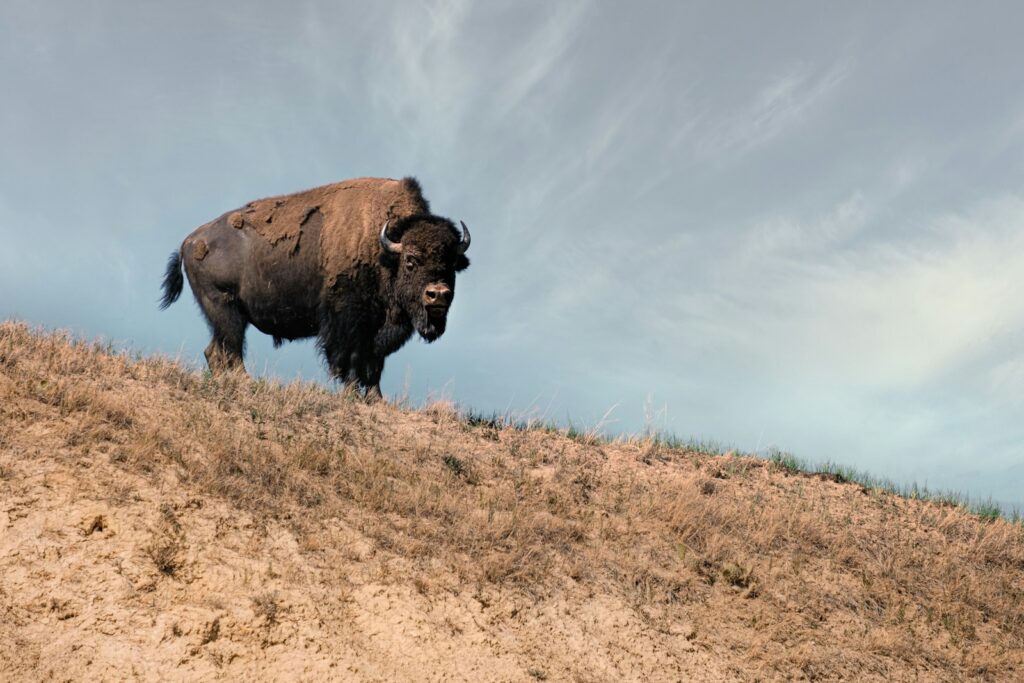
The pursuit of the perfect wildlife selfie has become one of the most dangerous trends in national parks in recent years. Tourists frequently turn their backs on bison—an inherently vulnerable position—while attempting to capture themselves in frame with these massive animals. This behavior is problematic on multiple levels: it requires getting dangerously close, involves distracted behavior near wildlife, and often includes extended time in the animal’s space while attempting multiple shots. Several documented goring incidents have occurred specifically while visitors were attempting selfies with bison, leading some parks to create specific “no bison selfie” educational campaigns. The allure of social media fame simply isn’t worth the risk of serious injury or death.
Misinterpreting Bison Body Language
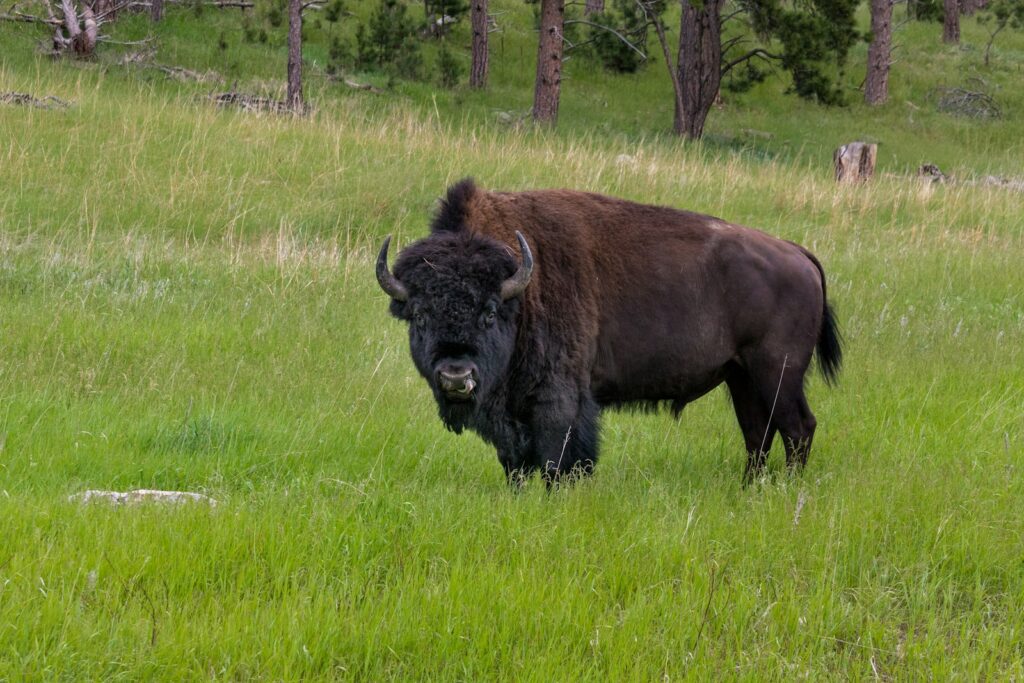
Bison communicate their discomfort through a series of escalating warning signs that many tourists fail to recognize until it’s too late. Early warning signs include the animal raising its tail, pawing the ground, snorting, or shaking its head. These behaviors indicate increasing agitation and should prompt immediate, calm retreat. Unfortunately, some tourists may even interpret these warning signals as photo-worthy behaviors or, worse, as signs of playfulness. Even more concerning, some visitors mistake a bison standing still and staring as a passive pose, when it may actually be assessing a potential threat before deciding to charge. Understanding bison body language is critical for safety, yet most visitors have never received any education on these warning signs.
Approaching Bison During Sensitive Seasons
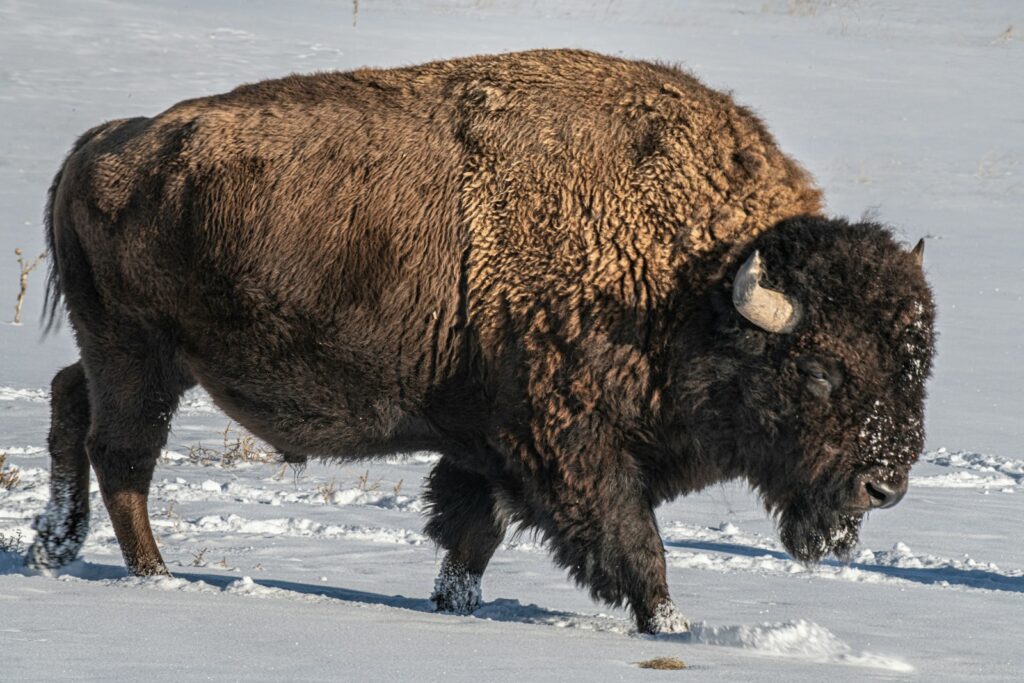
Bison are particularly dangerous during two sensitive periods: mating season (July-August) and calving season (April-June). During the rut (mating season), males become extremely aggressive as they compete for females, with testosterone levels soaring and normal caution diminished. Their unpredictability during this period makes even distant observation more hazardous than usual. During calving season, female bison are hypervigilant in protecting their vulnerable young and will charge with little provocation if they perceive a threat to their calves. Many tourists remain unaware of these heightened risk periods and maintain the same viewing practices year-round, not realizing that seasonal factors dramatically change bison behavior and the associated safety considerations.
Bringing Dogs Near Bison
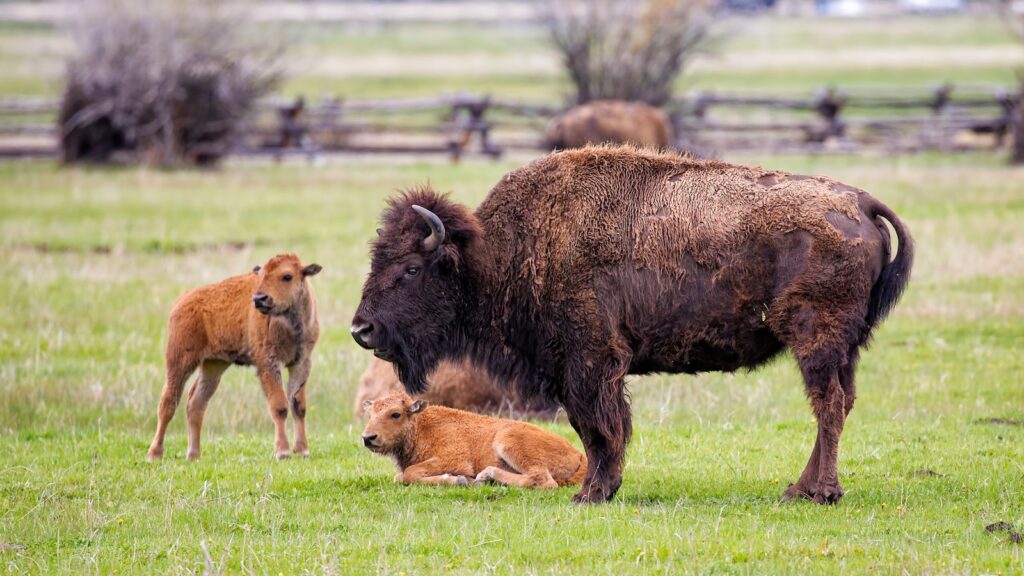
Bringing dogs near bison creates an exceptionally dangerous situation that has led to multiple serious incidents in national parks. Bison perceive dogs as predators similar to wolves, their natural enemies, triggering strong defensive or aggressive responses even when the dog is leashed and controlled. Further complicating matters, an excited or barking dog can provoke a bison charge that puts both the dog and human owners at risk. If a bison does charge, the situation often worsens as panicked dogs pull owners toward danger or owners put themselves at risk trying to protect their pets. Park regulations typically require dogs to remain on leashes and on designated trails, but even following these rules doesn’t eliminate the inherent risk of bringing natural predators into bison territory.
Feeding Bison or Leaving Food Accessible
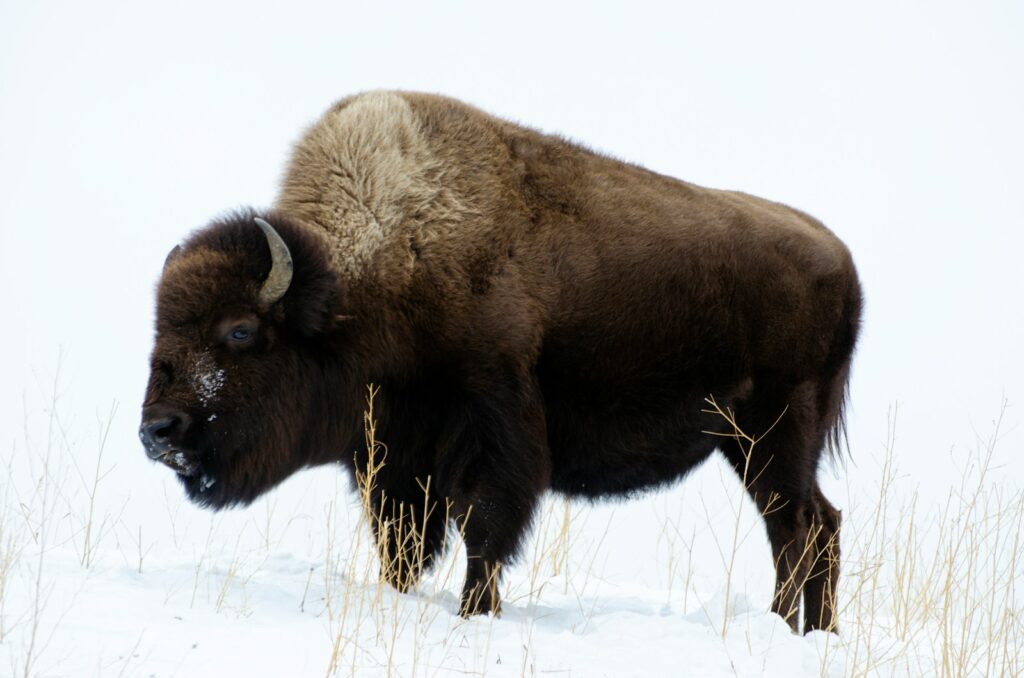
Attempting to feed bison or carelessly leaving food accessible creates dangerous habituation that alters their natural behavior. When bison begin to associate humans with food, they may approach people more frequently and aggressively, expecting handouts. This association transforms naturally cautious wild animals into potential dangers for all future visitors. Additionally, human food is nutritionally inappropriate for bison and can cause serious health problems, including dental issues and digestive disturbances. Even inadvertent feeding—such as dropping snacks or leaving coolers unattended—can contribute to this problematic habituation. Rangers report that areas where illicit feeding has occurred often become hotspots for dangerous bison encounters until the association can be broken.
Creating Blocked Escape Routes
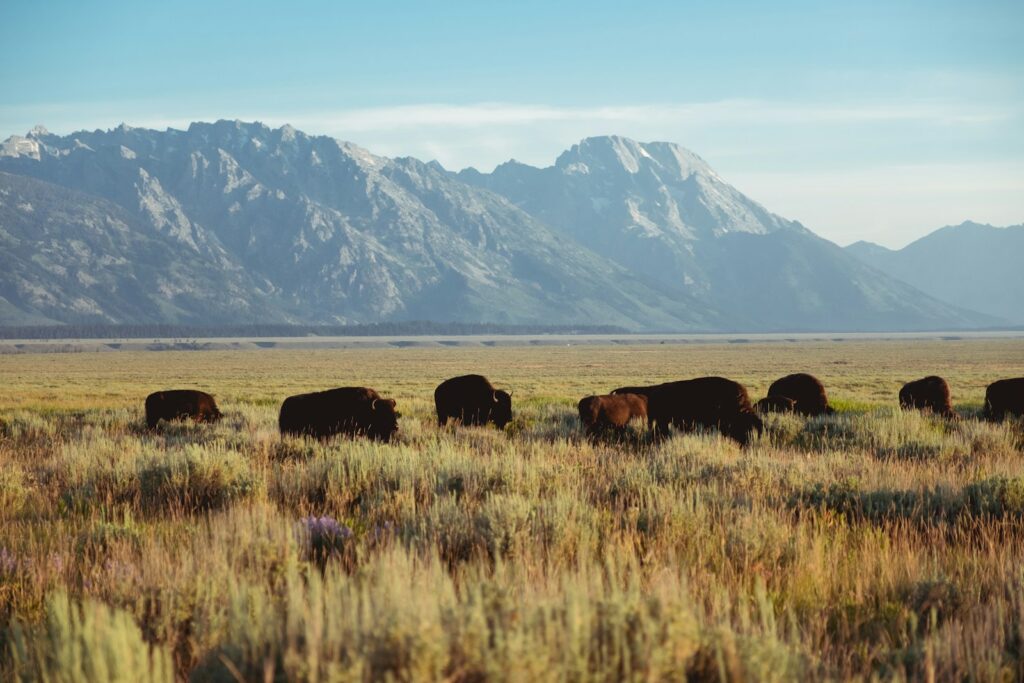
Bison, like most wild animals, prefer to avoid confrontation when given the option to escape. A critical mistake tourists make is surrounding bison or positioning themselves in ways that block potential escape routes, unintentionally creating situations where the animals feel cornered. This commonly occurs at popular viewing spots where multiple vehicles or groups of tourists spread out around grazing animals. A bison that feels it cannot retreat peacefully will resort to charging through the perceived threat. This problem becomes particularly acute on roadways, narrow trails, or near physical barriers like rivers or steep terrain where natural movement paths are already limited. Wildlife management experts emphasize giving animals “the right of way” and ensuring they always have clear paths to move away from human presence.
Remaining Too Long in Bison Territory
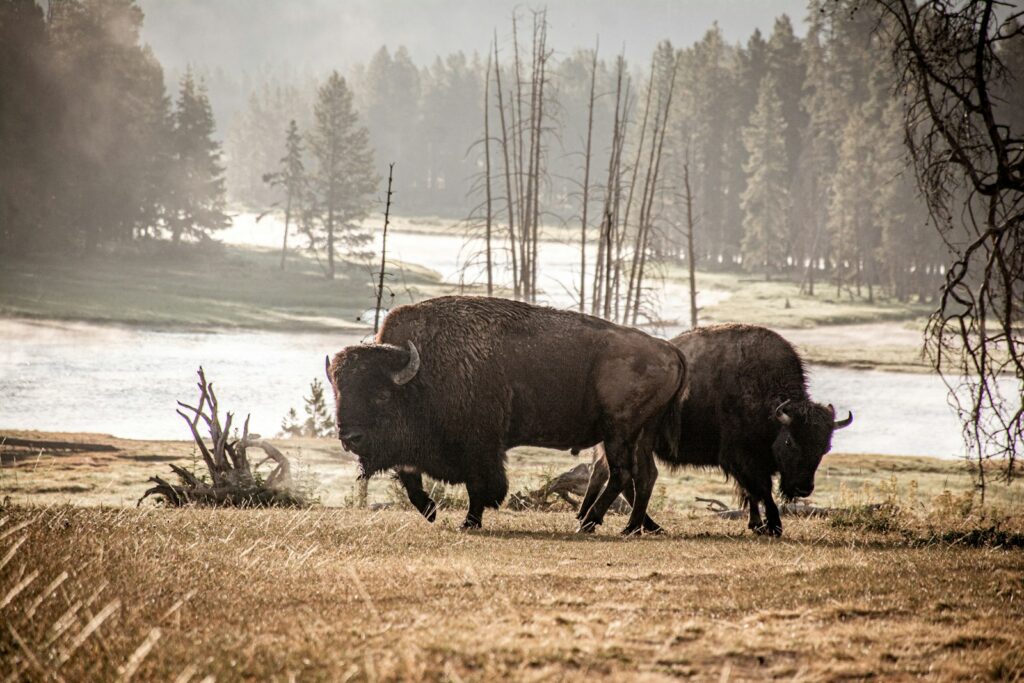
Extended observation of bison, even from appropriate distances, can create cumulative stress that eventually triggers aggressive responses. Tourists often spend far too long watching or photographing bison, not realizing that their continued presence is perceived as persistent pressure or harassment by the animals. Wildlife biologists recommend limiting viewing times to prevent this stress accumulation, with general guidelines suggesting observations should last no more than 10-15 minutes when in relatively close proximity. This problem compounds when multiple groups of tourists cycle through an area throughout the day, giving bison no respite from human observation. The animals’ tolerance gradually decreases with each encounter, making them more unpredictable for later visitors who have no way of knowing how much human pressure the bison have already experienced that day.
Turning Your Back on Agitated Bison
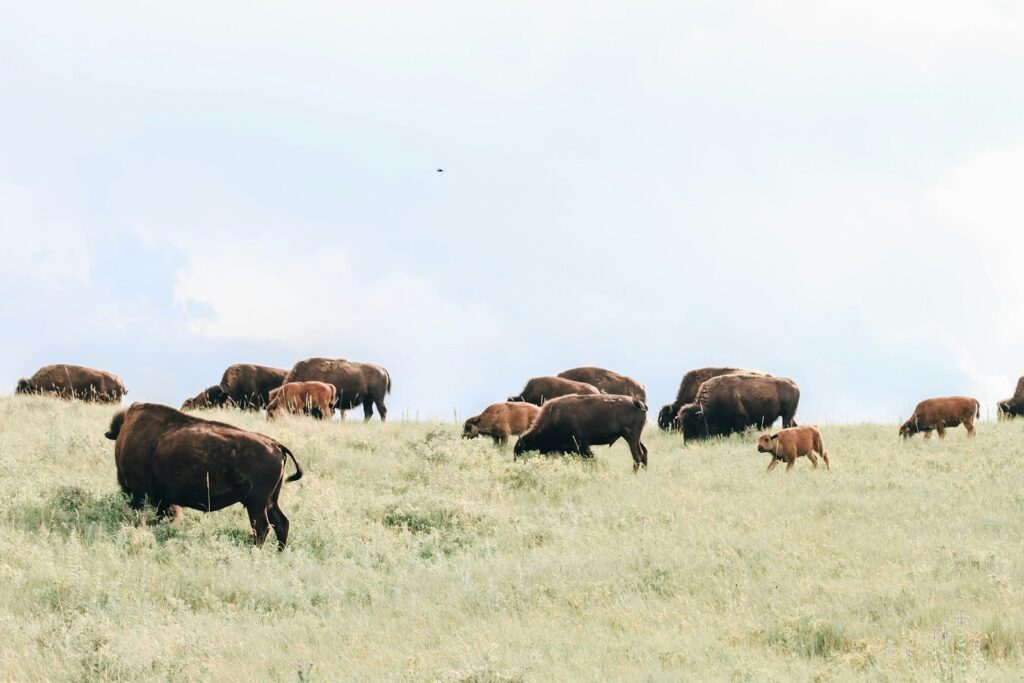
When a bison shows signs of agitation, one of the deadliest mistakes is turning your back and running. This action triggers the animal’s predatory chase instinct, potentially converting what might have been a warning display into a full charge. Running also removes your ability to monitor the animal’s movements and adjust your retreat accordingly. Instead, safety experts recommend backing away slowly while continuing to face the animal, which allows you to respond to its behavior while presenting less of a perceived threat. Additionally, facing the animal makes you appear larger and more confident, which can sometimes deter further aggression. If a charge does occur, the extra reaction time from watching the animal can be lifesaving, allowing you to seek cover behind solid objects or vehicles.
Dismissing Size Variations Within Herds
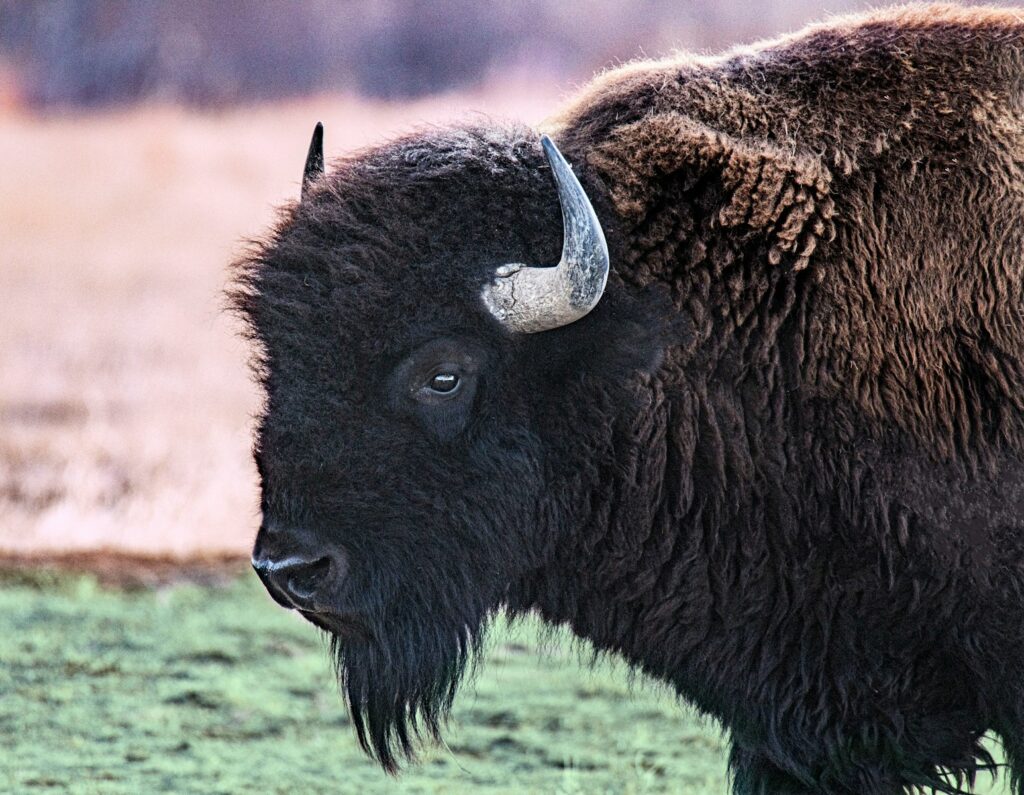
A dangerous misconception among tourists is that smaller bison or calves present less danger, leading to more cavalier behavior around these animals. In reality, female bison defending calves are responsible for numerous attacks and can be more aggressive than bulls in certain situations. Even juvenile bison weighing “only” 500-800 pounds can cause severe injuries with their strength and speed. Additionally, approaching smaller herd members typically means inserting yourself between these animals and the larger, more dangerous adults that protect them. Park safety officials emphasize that all bison, regardless of size or age, deserve the same safety precautions and distance considerations. The tendency to perceive smaller bison as less threatening has resulted in several serious injuries when tourists let their guard down around these seemingly “safer” animals.
Ignoring Park Ranger Instructions
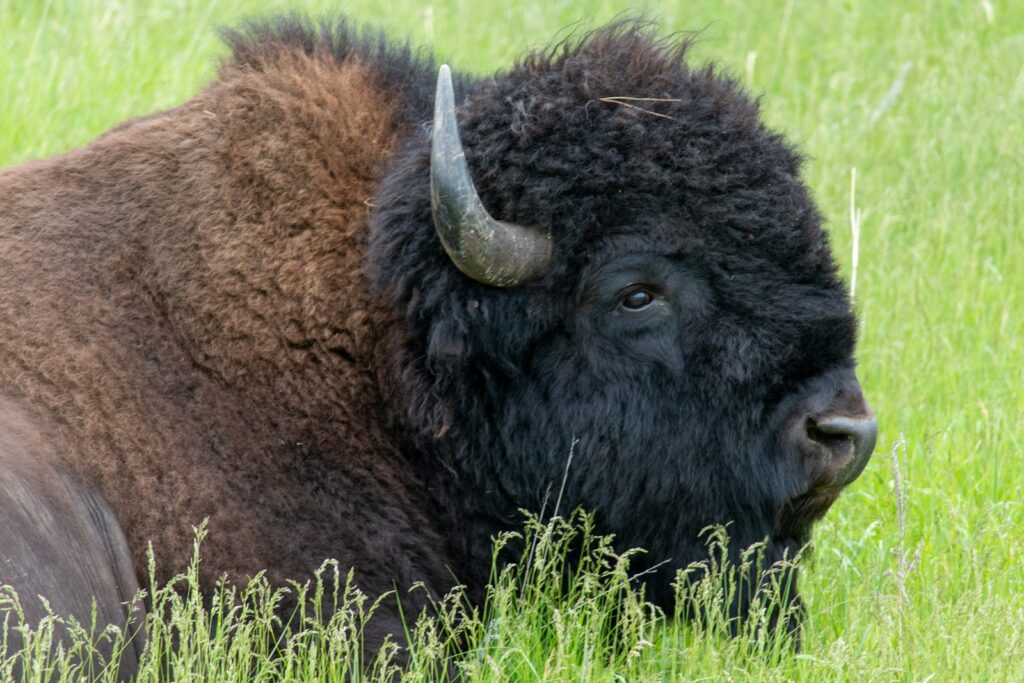
Park rangers provide real-time safety guidance based on current conditions and animal behavior, yet some tourists treat these professional instructions as optional suggestions rather than critical safety directives. Rangers may temporarily close areas where bison are showing signs of stress, establish expanded safety perimeters during sensitive seasons, or direct traffic to prevent wildlife jams that create dangerous conditions. Ignoring or circumventing these instructions puts not only the non-compliant visitors at risk but often endangers others who are following proper protocols. Rangers report that a significant percentage of wildlife incidents involve visitors who had been previously warned about their behavior but chose to continue risky activities. These professionals have extensive training in wildlife behavior and local conditions, making their guidance invaluable for safe wildlife viewing.
How to Safely View Bison
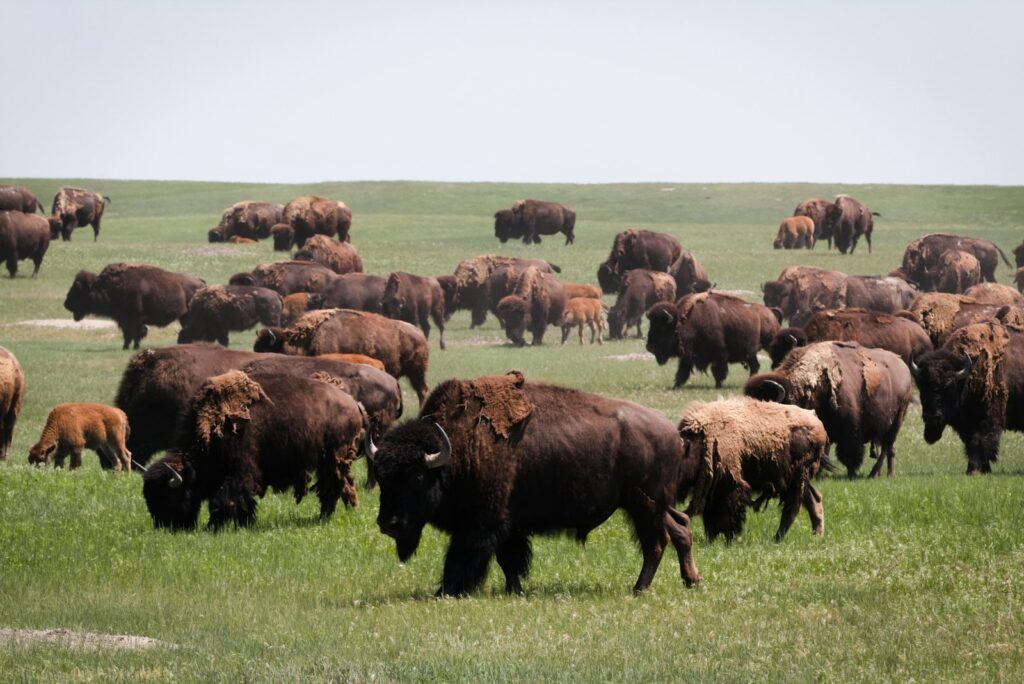
Safe bison viewing begins with maintaining appropriate distance—at least 25 yards (75 feet) at all times, with increased distance during sensitive seasons. Always observe from designated viewing areas, trails, or roadways rather than venturing cross-country to approach animals. Use binoculars or telephoto camera lenses to appreciate details without physically approaching. If bison appear on trails while hiking, give them extensive space by slowly backtracking or making a wide detour. Remember that being in a vehicle doesn’t guarantee safety, as bison can damage cars and injure occupants through windows. The most important safety practice is constant awareness—regularly scan your surroundings, watch for changing animal behavior, and always prioritize safety over photographs or closer experiences. By viewing respectfully from a distance, you can enjoy these magnificent animals while ensuring both your safety and their wellbeing.
Conclusion
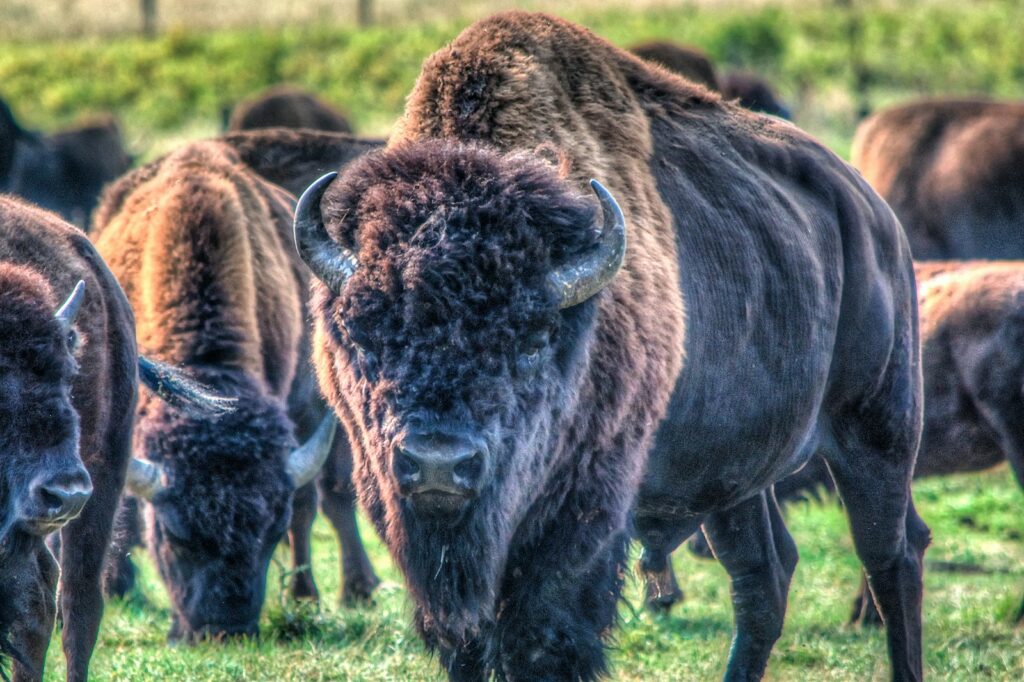
Bison attacks are almost entirely preventable through proper education and respectful wildlife viewing practices. These magnificent animals don’t seek out conflict with humans, but they will defend themselves when they feel threatened. By recognizing the dangerous mistakes outlined above and adopting appropriate viewing behaviors, tourists can safely enjoy experiencing these iconic American mammals in their natural habitats. The most meaningful wildlife encounters are those that respect the animals’ space and natural behaviors, allowing observation without interference. National parks and wildlife refuges continue their educational efforts, but ultimately, visitor safety lies in the hands of each individual who chooses to enter these shared spaces. Remember: a distant bison is always better than a close encounter of the dangerous kind.

